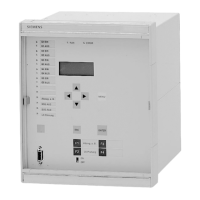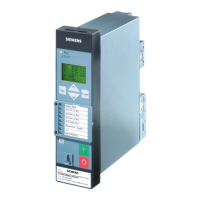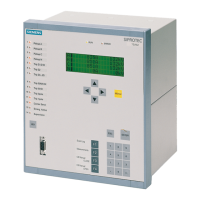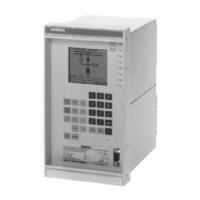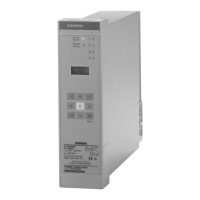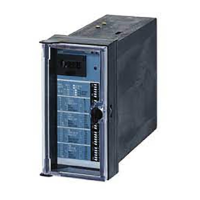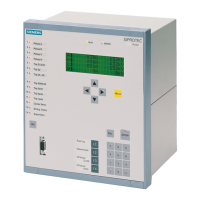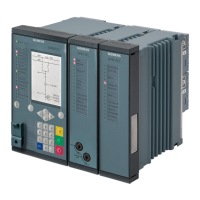Functions
2.13 Flexible Protection Functions
SIPROTEC, 7SK80, Manual
E50417-G1140-C344-A4, Release date 08.2010
205
2.13 Flexible Protection Functions
The flexible protection function is applicable for a variety of protection principles. The user can create up to 20
flexible protection functions and configure them according to their function. Each function can be used either
as an autonomous protection function, as an additional protective element of an existing protection function or
as a universal logic, e.g. for monitoring tasks.
2.13.1 Description
General
The function is a combination of a standard protection logic and a characteristic (measured quantity or derived
quantity) that is adjustable via parameters. The characteristics listed in table 2-10 and the derived protection
functions are available.
Please note that the power values are not available if you are using capacitive voltage measurement, or if you
have selected the setting Vab, Vbc or Vab, Vbc, Vx as connection type for the voltage transformers in
address 213 VT Connect. 3ph.
Table 2-10 Possible Protection Functions
Characteristic
Group
Characteristic / Measured Quantity Protective Function ANSI No. Mode of Operation
Three-
phase
Single-
phase
Current I RMS value of fundamental
component
Overcurrent protection
Undercurrent monitoring
50, 50G
37
XX
I
rms
True RMS (r.m.s. value) Overcurrent protection
Thermal overload
protection
Undercurrent monitoring
50, 50G
49
37
XX
3I
0
Zero sequence system Time overcurrent
protection, ground
50N X
I1 Positive-sequence component X
I2 Negative-sequence component Negative sequence
protection
46 X
I2/I1 Positive/negative sequence
component ratio
X
Frequency f Frequency Frequency protection 81U/O without phase
reference
df/dt Frequency change Frequency change
protection
81R
Voltage V RMS value of fundamental
component
Voltage protection
Displacement voltage
27, 59,
59G
XX
V
rms
True RMS (r.m.s. value) Voltage protection
Displacement voltage
27, 59,
59G
XX
3V
0
Zero sequence system Displacement voltage 59N X
V
1
Positive-sequence component Voltage protection 27, 59 X
V
2
Negative-sequence component Voltage asymmetry 47 X
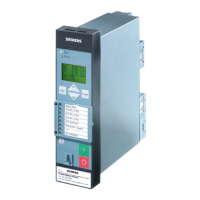
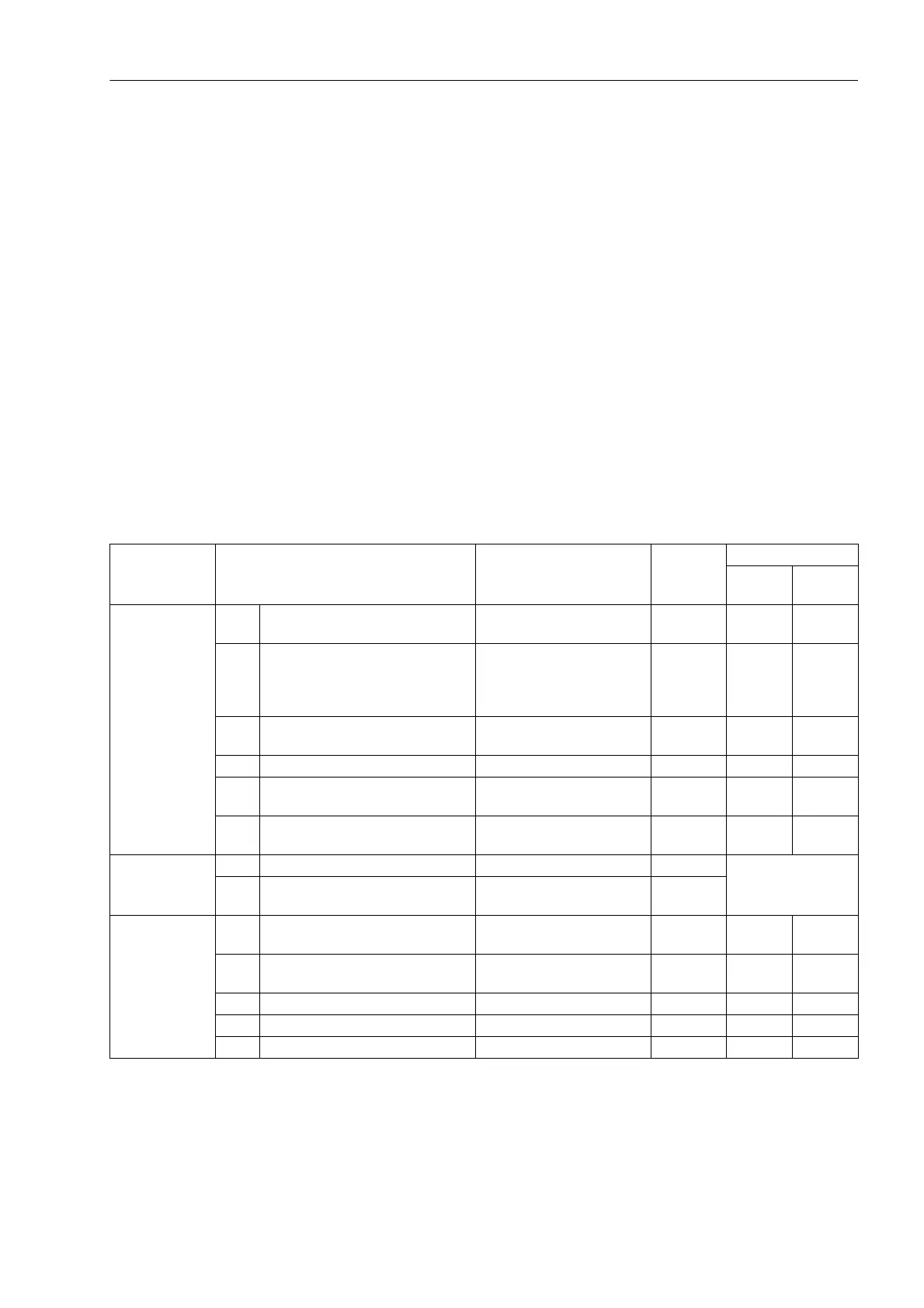